Dewatering Effect on Virtual Settlement of Pile Foundation
Dewatering Effect on Virtual Settlement of Pile Foundation
Source: https://www.researchgate.net/
Author by: Mahmood D. Ahmed
Abstract
In this research, a simplified procedure may be adopted to calculate the foundation settlement resulting from the use of the dewatering system, which is Required to lower the water table level to dry condition during construction.
A case study of a vehicle that was adopted at a specific site in the city of Baghdad, and the analysis was calculated for two types of piles, both of which were immersed in water.
Only logged in customers who have purchased this product may leave a review.
Related products
Current Advances in Membrane Technologies for Saline Wastewater Treatment A Comprehensive Review
Current Advances in Membrane Technologies for Saline Wastewater Treatment A Comprehensive Review
A Review of the Water Desalination Technologies
A Review of the Water Desalination Technologies
Applications of Nanotechnology in Wastewater Treatment
Applications of Nanotechnology in Wastewater Treatment
Correlation Between BOD5 and COD for Al- Diwaniyah Wastewater Treatment Plants to Obtain The Biodigrability Indices
Correlation Between BOD5 and COD for Al- Diwaniyah Wastewater Treatment Plants to Obtain The Biodigrability Indices
Sludge Biotic Index
Abstract
This study aimed to determine the relationship between activated sludge microfauna, the sludge biotic index (SBI) and the effluent quality of a full-scale municipal wastewater treatment plant (WWTP) working with shock organic and ammonium loadings caused by periodic wastewater delivery from septic tanks. Irrespective of high/low effluent quality in terms of COD, BOD5, ammonium and suspended solids, high SBI values (8–10), which correspond to the first quality class of sludge, were observed. High SBI values were connected with abundant taxonomic composition and the domination of crawling ciliates with shelled amoebae and attached ciliates. High SBI values, even at a low effluent quality, limit the usefulness of the index for monitoring the status of an activated sludge system and the effluent quality in municipal WWTP-treated wastewater from septic tanks. It was shown that a more sensitive indicator of effluent quality was a change in the abundance of attached ciliates with a narrow peristome (Vorticella infusionum and Opercularia coarctata), small flagellates and crawling ciliates (Acineria uncinata) feeding on flagellates.
Sludge Biotic Index
Abstract
This study aimed to determine the relationship between activated sludge microfauna, the sludge biotic index (SBI) and the effluent quality of a full-scale municipal wastewater treatment plant (WWTP) working with shock organic and ammonium loadings caused by periodic wastewater delivery from septic tanks. Irrespective of high/low effluent quality in terms of COD, BOD5, ammonium and suspended solids, high SBI values (8–10), which correspond to the first quality class of sludge, were observed. High SBI values were connected with abundant taxonomic composition and the domination of crawling ciliates with shelled amoebae and attached ciliates. High SBI values, even at a low effluent quality, limit the usefulness of the index for monitoring the status of an activated sludge system and the effluent quality in municipal WWTP-treated wastewater from septic tanks. It was shown that a more sensitive indicator of effluent quality was a change in the abundance of attached ciliates with a narrow peristome (Vorticella infusionum and Opercularia coarctata), small flagellates and crawling ciliates (Acineria uncinata) feeding on flagellates.



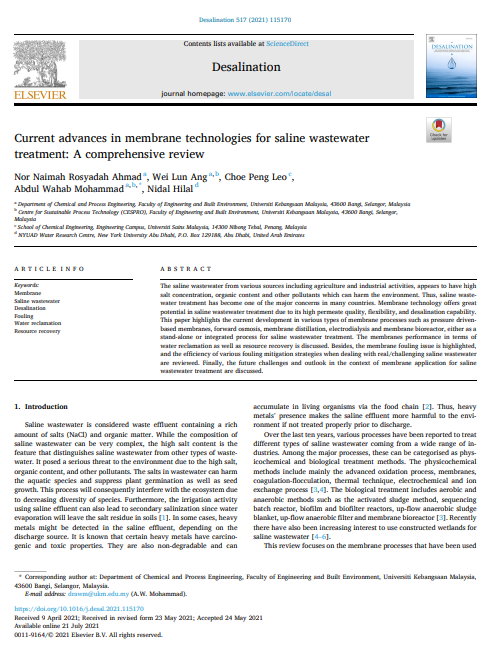

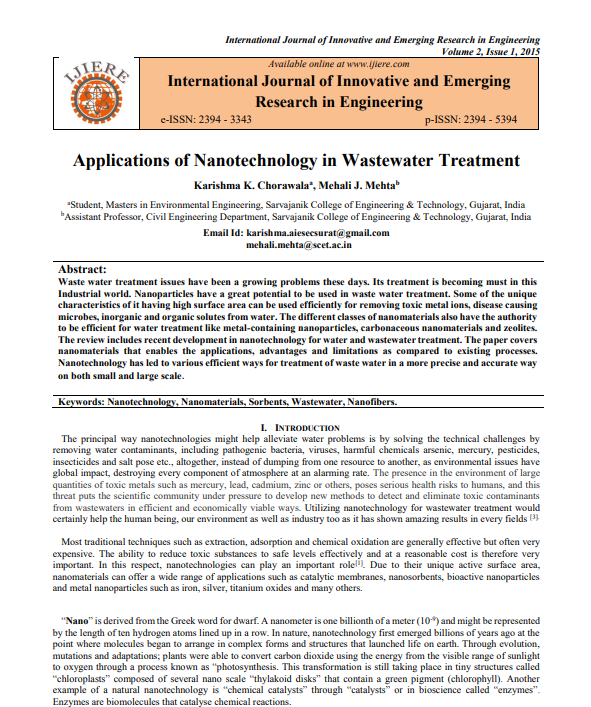
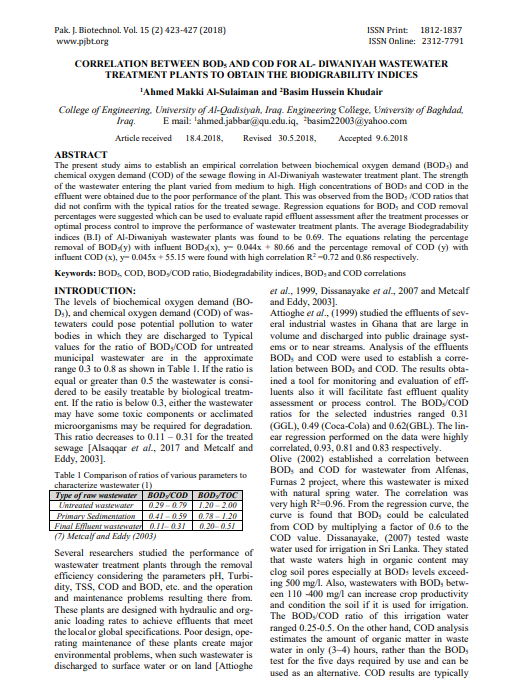
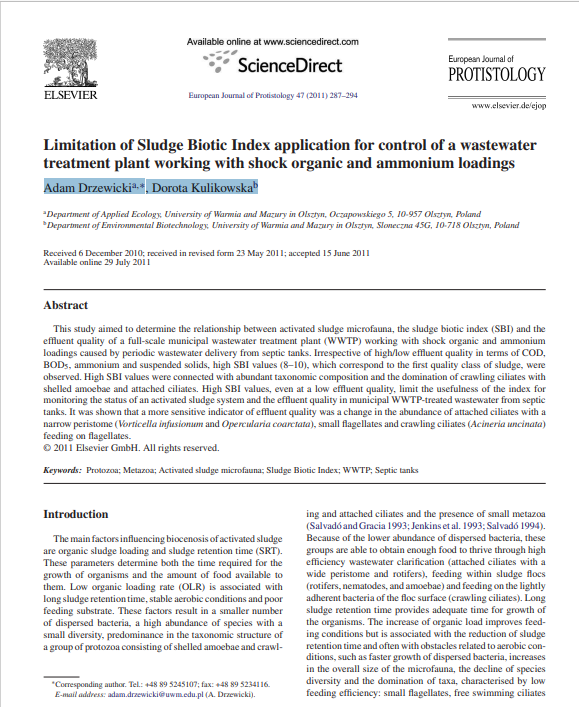
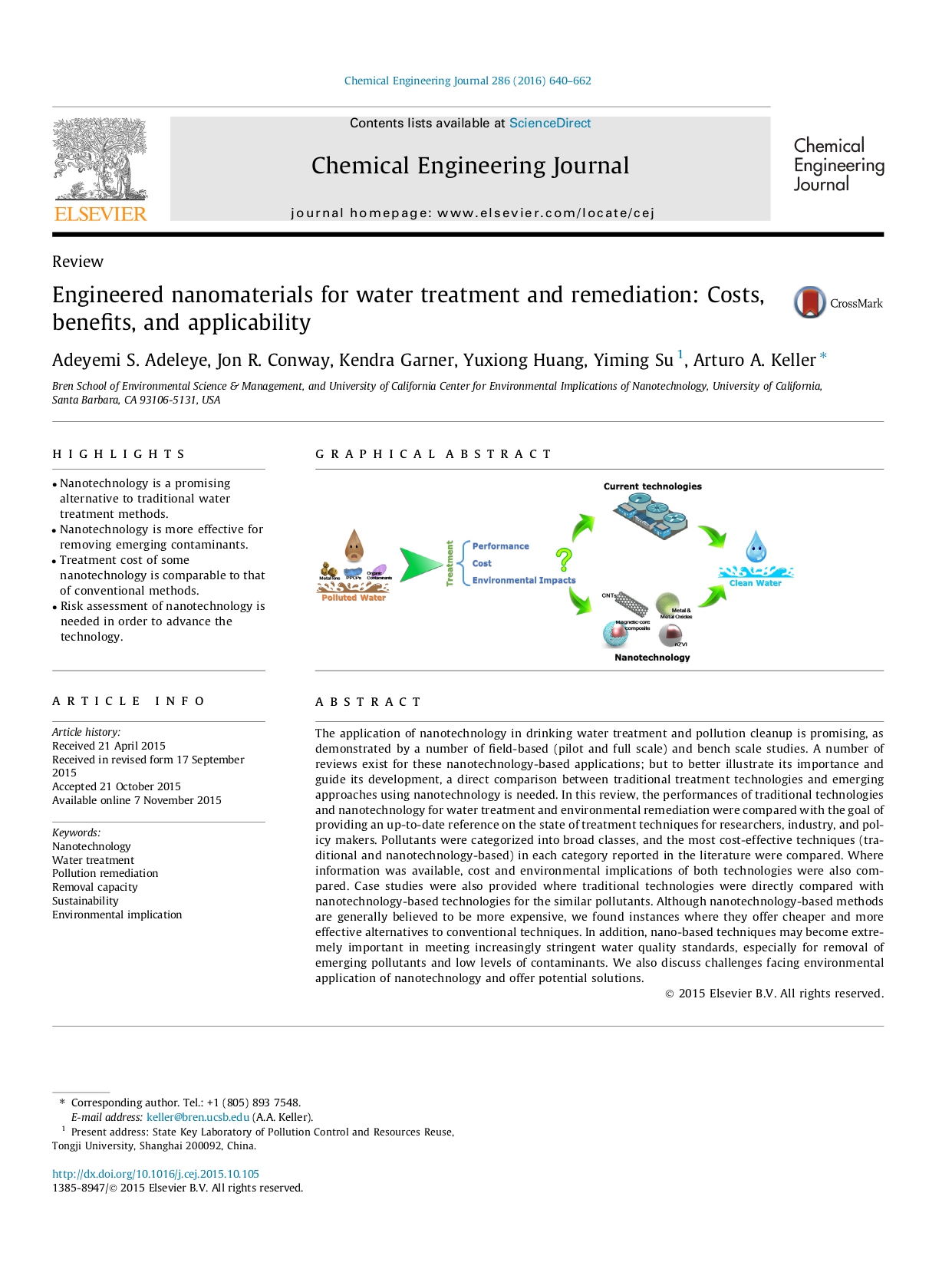
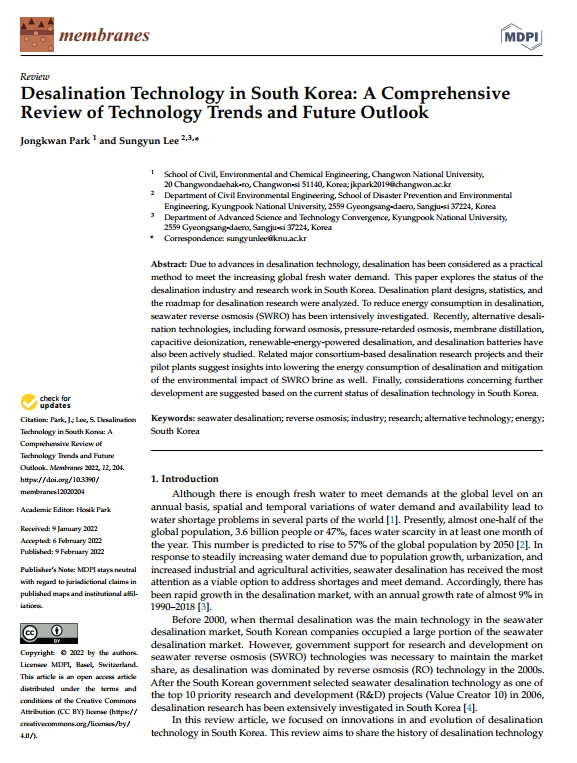
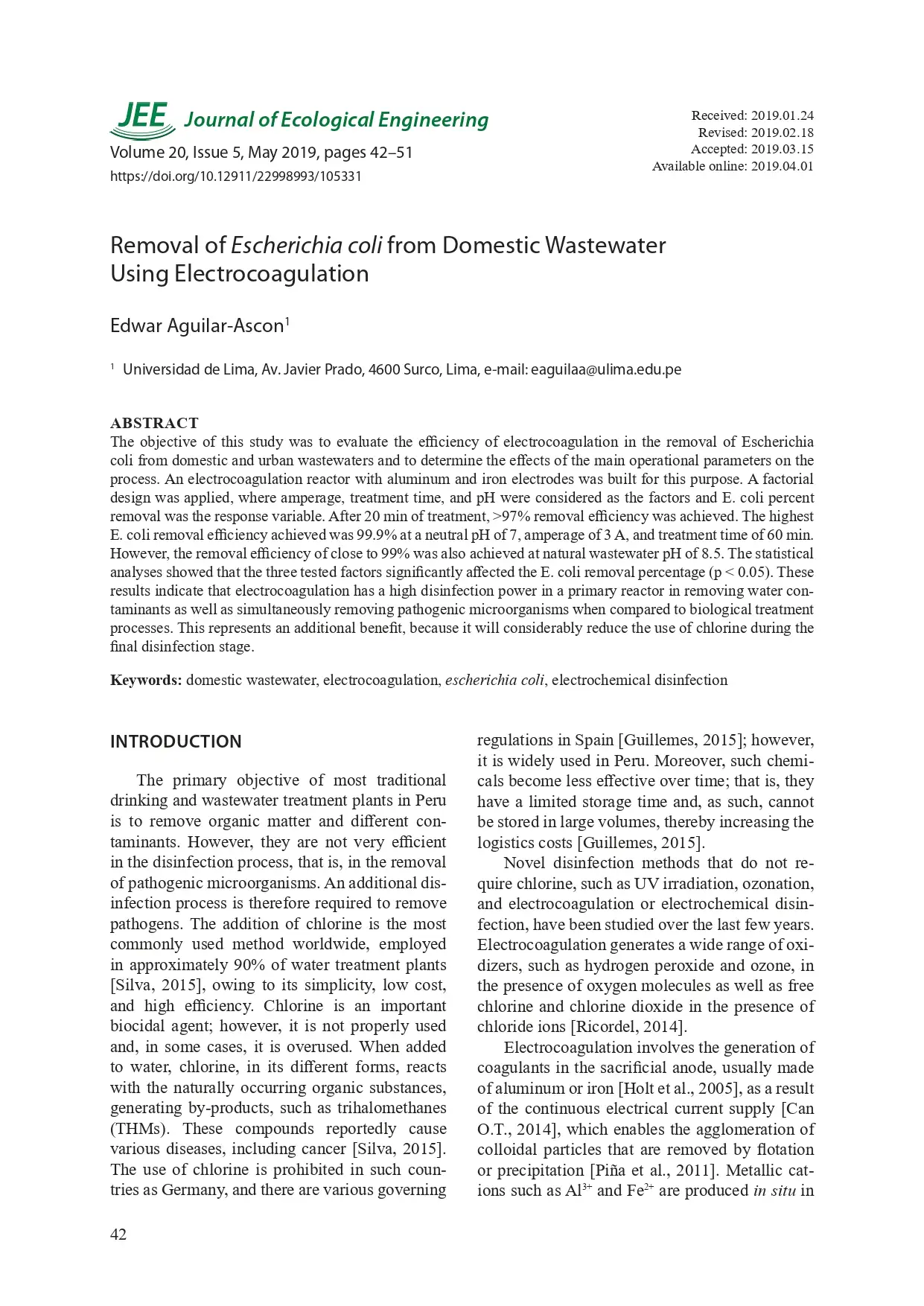
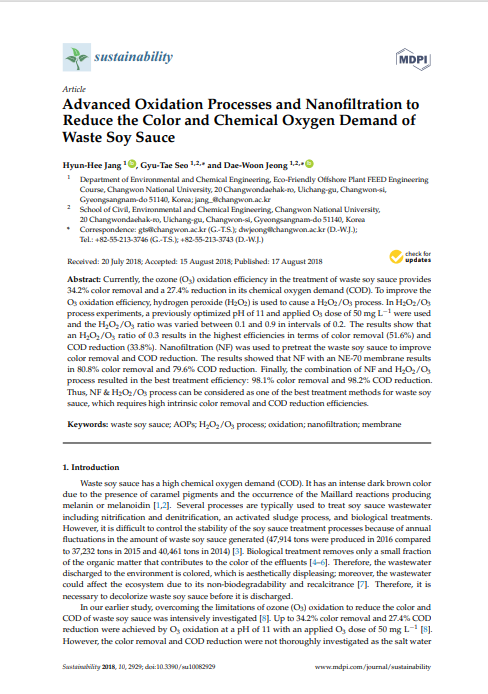
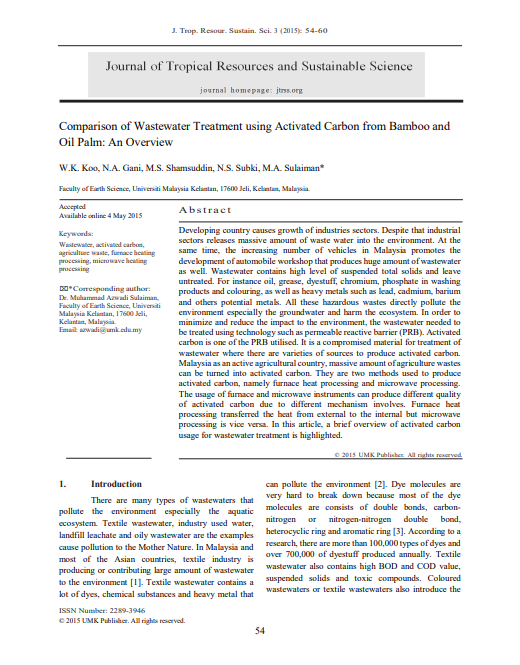
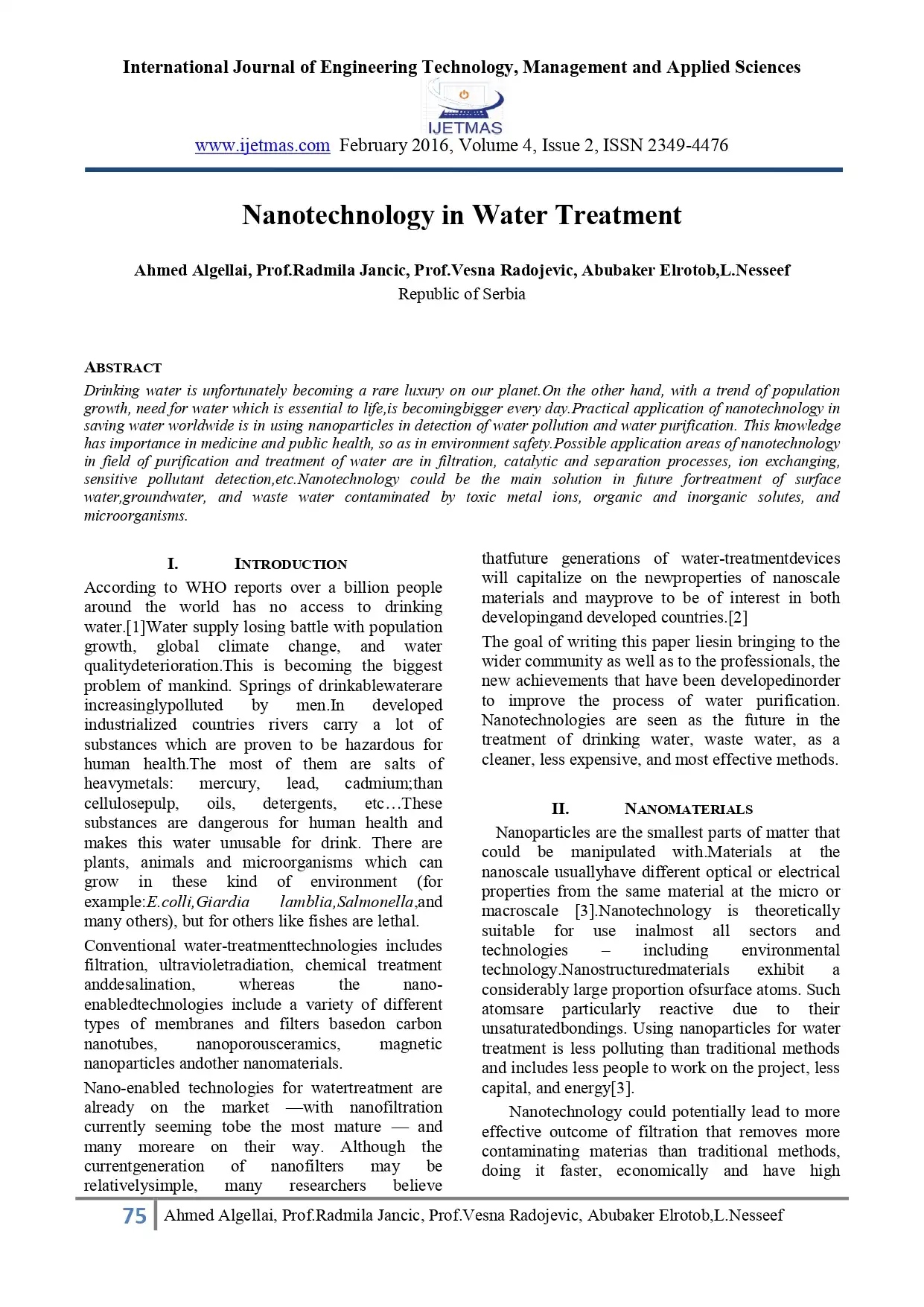
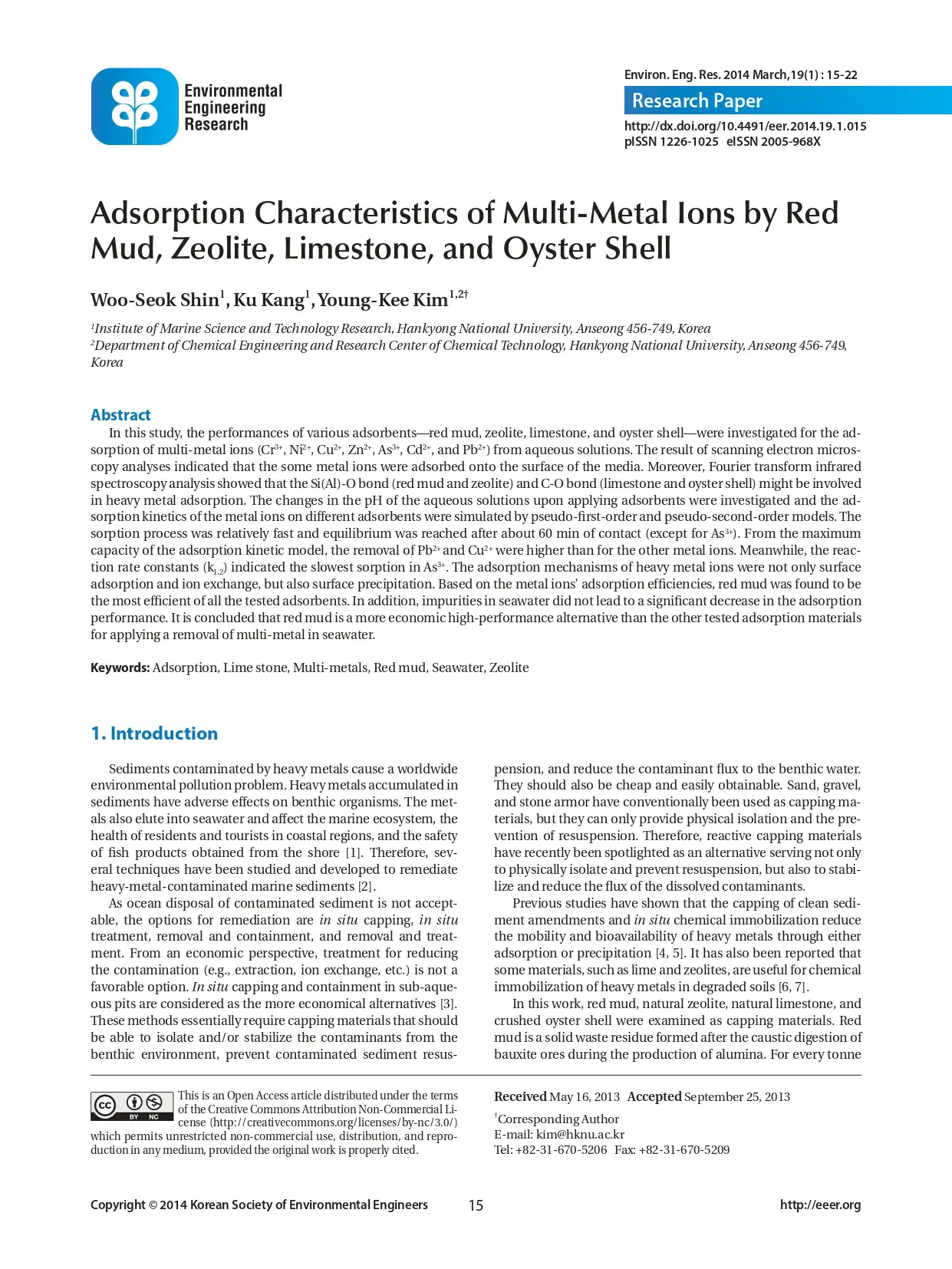
Reviews
There are no reviews yet.